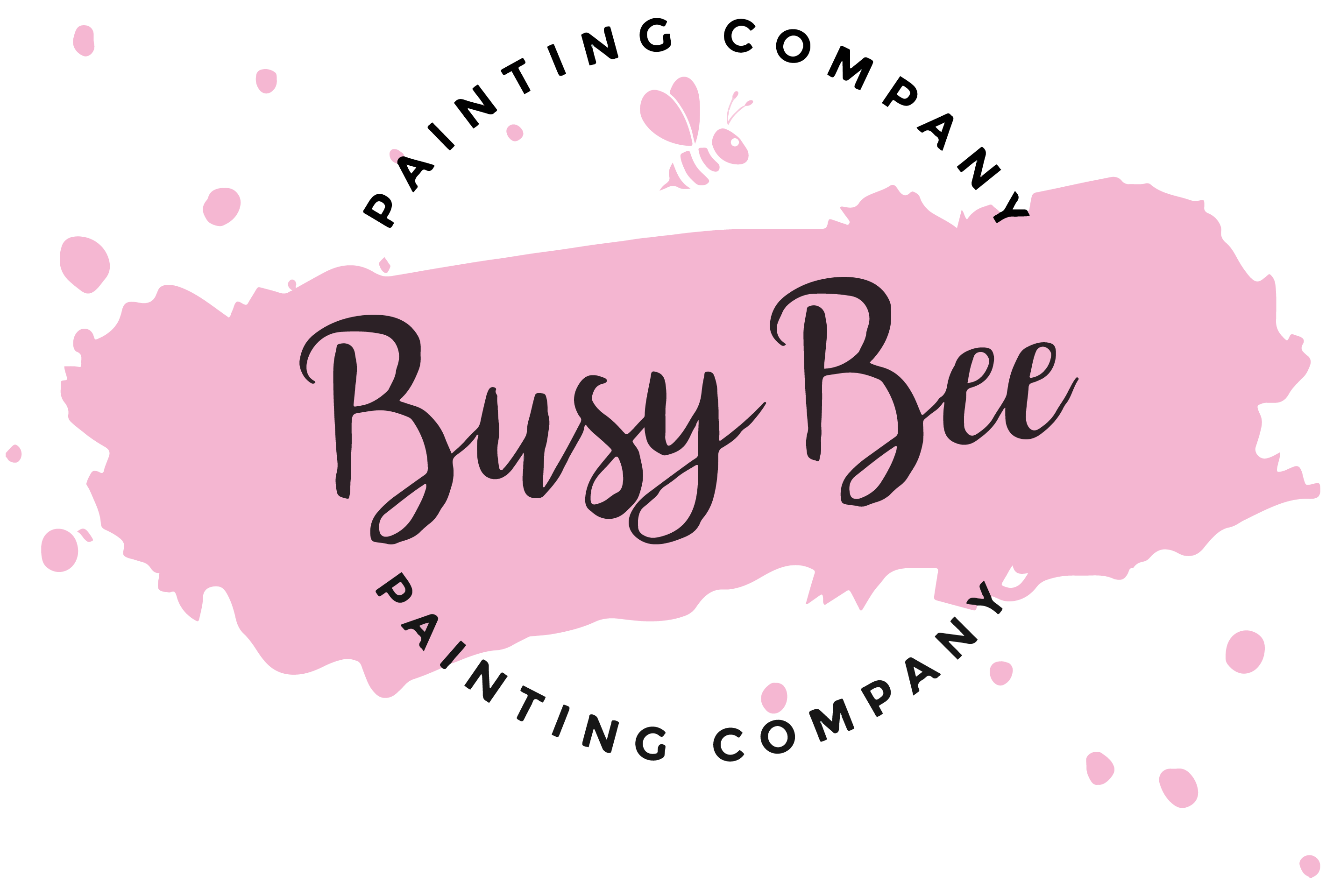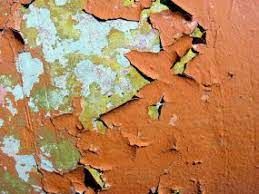Lead paint refers to paint that contains lead as one of its components. Lead-based paints were commonly used in homes, buildings, and various structures before it became widely known that lead exposure poses serious health risks, especially to children. The use of lead in household paint was banned in the United States in 1978 due to these health concerns.
Lead is a toxic substance that, when ingested or inhaled, can cause serious health problems, particularly in developing children. Even low levels of lead exposure can lead to learning disabilities, behavioral issues, and developmental delays.
If you live in an older home or are planning renovations in a property built before 1978, it's crucial to be aware of the potential presence of lead paint. Here are some important considerations:
Lead Testing:
- Before any renovations or painting projects, it's advisable to test for lead paint. Home testing kits are available, but for more accurate results, you may want to consult with a certified lead professional.
Lead Abatement:
- If lead paint is present, it should be properly managed or removed by professionals trained in lead abatement. This process should be done with caution to prevent lead dust from spreading.
Safe Renovation Practices:
- If you're renovating a property with lead paint, follow safe practices to minimize the risk of lead exposure. This includes using proper protective equipment, containing dust, and cleaning thoroughly.
Consult with Professionals:
- If you suspect lead paint or are unsure, it's crucial to consult with professionals who specialize in lead testing and abatement. They can provide guidance on how to address the issue safely.
Regular Maintenance:
- If lead paint is intact and in good condition, it may be safe to leave it undisturbed. Regular maintenance and monitoring for any signs of deterioration are important.

